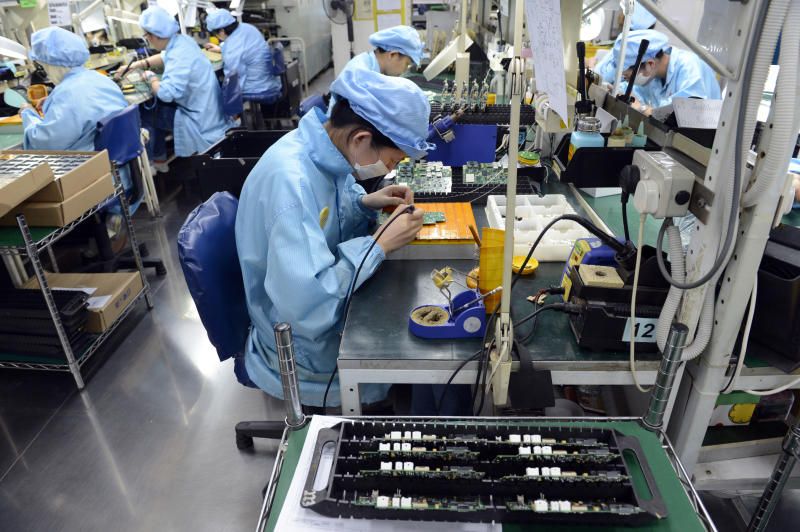Manufacturing saw its 19th straight month of improved conditions in March, with the Purchasing Managers’ Index edging up to 53.0 from an earlier 52.7. This was a notch faster than economists’ expectations of 52.8, according to a poll by Bloomberg.
The PMI, based on surveys, is a leading indicator of economic activity. The higher the reading is above 50, the faster the rate of expansion for the sector from the previous month.
The latest PMI reading was attributed mainly to faster growth in factory output, as well as higher new orders and new exports, according to results released on Monday by the Singapore Institute of Purchasing and Materials Management, which compiles the data.
“The higher PMI reading was broad-based across most manufacturing sectors, indicating the resilience of the sectors,” said SIPMM.
Indicators that recorded a faster rate of expansion included inventory, finished goods stocks, imports, order backlog and supplier deliveries. However, those that saw a slower rate of expansion were input prices and employment.
The electronics sub-sector, which has been leading manufacturing output growth thus far, saw an increase of 0.3 point from the previous month at 52.4. This is its 20th consecutive month of expansion, and the highest reading since April 2011.
The electronics sector’s higher PMI reading was led by a faster expansion in factory output, inventory, new orders and new exports.
Even as Singapore’s manufacturing sector continues to power along, PMI readings in the rest of Asia’s largest economies were down in March. Japan’s headline PMI numbers were down for a second consecutive month, but remained in the expansionary zone at 53.1.
China’s manufacturing activity expanded at its weakest pace in four months in March as export demand faltered, prompting companies to shed staff more quickly as they looked to cut costs, a private survey showed on Monday.
The Caixin/Markit Manufacturing Purchasing Managers’ index fell to 51.0 in March from February’s 51.6, countering economists’ expectations for a slight uptick to 51.7.
While the index remained above the 50-point mark that divides growth from contraction on a monthly basis, it was the weakest reading since November and signaled only a marginal improvement in operating conditions at the end of the first quarter.
China is aiming for economic growth of around 6.5% this year, the same target as in 2017, while pressing ahead with its campaign to reduce risks in the financial system, Premier Li Keqiang said in March.


